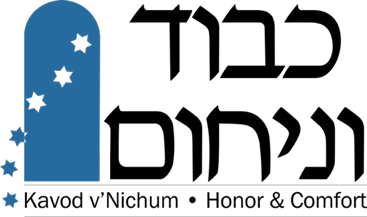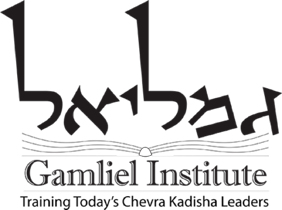Adapting Policy to Today’s World
Why Have Chevrah Policies
At the simplest level, policies help us focus. They establish boundaries, what is okay and what is not okay. Policies also provide a foundation for navigating challenges of existing practices as new ideas emerge. In the larger picture, having a policy manual enables the organization to be independent of any one person or group of people who might be the current decision maker(s), for the decision-making framework is clearly defined for everyone to use.
It is important that every Chevrah Kadisha endorse a policy manual whose contents they agree to adhere to. They can write one from scratch or modify an existing manual to meet the needs of their community. Once policies are adopted by the chevrah, it is equally important to remember that policy is not the modern version of stone tablets. We must continually review and revise our policies to grow and adapt with the changing world in which we live. And, at the same time, having clear policy helps us to preserve that which we feel is the essence and heart of this holy work as we adapt and grow.
Today’s Policy Issues
The issues that face chevrot today are very different from those faced centuries ago, and even from those faced a few decades ago. In the past few decades, the following challenges have bubbled to the top in the arena of policy debate (in random order):
Issues inside the taharah room:
- Taharah after organ and tissue donation, or autopsy
- Taharah after murder, especially disaster situations
- Keeping kavanah in the taharah room when members are not “spiritually oriented”
Organizational issues:
- Using different taharah manuals and minhagim between men’s and women’s taharah teams in the same chevrah
- Performing Taharah after suicide
- Performing taharah before cremation
- Gender and taharah:
- LGBTQ chevrah membership and participation
- taharah team participants for LGBTQ deceased
- mixed gender taharah teams
- Here is a 2017 Rabbinic Assembly responsa that includes taharah for trans people
- Modifying tachrichim or dressing in street clothes
- Non-Jews participation in taharah
Navigating Change
How does one incorporate new ideas into a functioning and well-established chevrah? How does one handle new leadership or new clergy who have different approaches to what has been the local minhag for years?
Change is the nature of life. People come and go. Depending on its structure, the chevrah may be organized to be independent of these things, while nurturing a mutually respectful relationship with all parties involved, and be self-perpetuating for the long term. Yet it must be flexible enough to adapt to changes that come along. How to accomplish that?
We certainly don’t want to leave this to chance! So there are several concrete steps to prepare for the inevitable changes that will come in the future.
- Have a well-written policy manual, and be sure everyone knows where to find it
- Include in that manual a procedure for changing or adapting policy
- Be sure the chevrah oversight board (or whatever is in place) knows what the policies are, and that they can be changed if needed
- Establish clear channels of communication between the oversight board, the chevrah members, local clergy, funeral home personnel, and synagogue committees
- Meet regularly with all of the parties involved so when change happens, it is not a surprise to anyone
- Most importantly, create and maintain an effective working relationship with and among all of the parties involved
When changes come, discuss them among all parties. As a group, decide how to move forward in a way that meets the needs of everyone involved. Then communicate that decision and document it as needed. For a comparison chart of two policy manuals from distinct communities, click here.
Beyond Policy Manuals
Policy manuals provide a basis upon which to handle the unexpected. But sometimes the situation is so far out of the range of expected possibilities that you simply have to act on the spot. This requires the ability and willingness to go outside the comfort zone of following the rules, using existing policies and procedures. It means making a guess as to what is the best thing to do and act on it with full kavanah, as if it were written in the manual.
Disasters are just such a situation. But they are not the only circumstances in which we might have to do this. The important thing to remember is that if your intentions are clear—to honor the deceased, to promote kavod hameit, and to humbly hold the sacredness of the work in your heart—then you can do no wrong.

